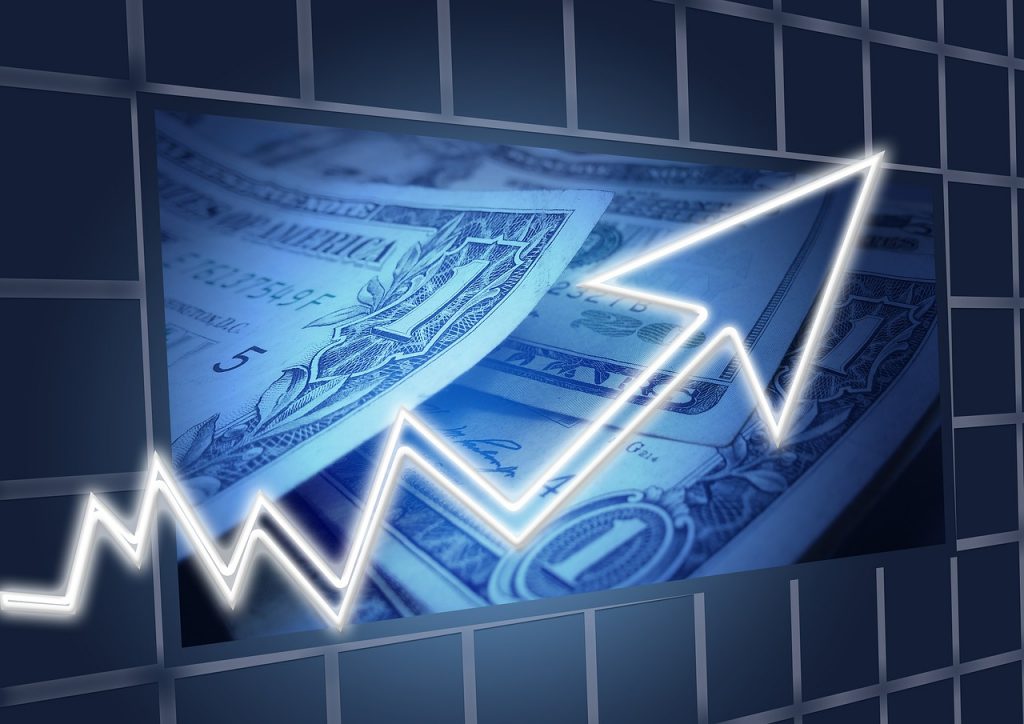The Few Things Not Affected By Inflation
Inflation has caused prices for virtually everything imaginable to soar, but there a few things that have managed to escape its claws.

As the highest level of inflation in decades continues to ravage the country, businesses have been forced to raise prices. These increases have affected everything from gas to groceries leaving Americans from all walks of life in financial crisis. Even popular food items whose predictable cost was considered sacred have taken a hit. Among the list of casualties are $1 price tags at Dollar Tree, New York City’s $1 slice of pizza, Little Caesars’ $5 Hot-N-Ready pizza, McDonald’s dollar drink deals, and more.
While the news is enough to drown anyone in a sea of despair, there are still a few things that cost the same as always. As previously reported, the price of an Arizona Iced Tea has remained steady at 99 cents. And if you adjusted for inflation, the 23-ounce can costs less than half as much as it did in 1992. The family-owned company sells approximately one billion units of the, internally dubbed Big AZ Can, each year and remain committed to the 99-cent price tag. “I’m committed to that price,” the company’s 70-year-old founder Don Vultaggio told the Los Angeles Times.
Vultaggio explained that raising prices and losing customers as a result just isn’t worth the short-term profit. “When things go against you, you tighten your belt,” he said about inflation. The beverage giant keeps costs down by spending less on marketing than its counterparts. It also makes most of its profit by selling higher-priced fruit drinks, energy drinks, bottled teas, snacks, hard seltzer, and other products. Additionally, the company also uses savvy cost-saving production methods. For instance, using recycled materials allows it to use 40% less aluminum in its cans.
Costco’s hot dog-soda deal has also remained immune to inflation. The popular food court combo has cost $1.50 since it was introduced in the mid-1980s. The hot dog offering was created in the company’s early days, CNN Business reports. And to keep the price steady, the company found ways to slash other costs at its food outlets. This includes switching from 12-ounce soda cans to cheaper, 20-ounce fountain drinks. On the topic of price increases, Costco’s co-founder Jim Sinegal once told the company’s current CEO, “If you raise the effing hot dog, I will kill you. Figure it out.”
Speaking about inflation to the Seattle Times in 2009, Sinegal said he knows it sounds crazy to make a big deal about a hot dog. But the company spends a lot of time on it. “We’re known for that hot dog. That’s something you don’t mess with,” he told the publication. Standing his ground when it comes to price hikes is definitely working. Last year, the food giant sold 122 million hot dog-soda combos globally. The chain’s rotisserie chickens have also remained steadily priced at $4.99.
Interestingly, the cost of rotisserie chickens, in general, has managed to withstand the chaos of inflation. Despite a 16.4% year-over-year increase in poultry prices, wholesale clubs and other grocers have kept the price of the popular food item down. Along with Costco, the price at BJ’s Wholesale Club has been $4.99 for more than a decade. At Sam’s Club, the chicken meal has cost a penny less than that for more than five years. But there’s a strategy behind keeping those prices steady. Rotisserie chicken is a prized item because it brings in customers who will typically buy more than just a chicken when they visit.











